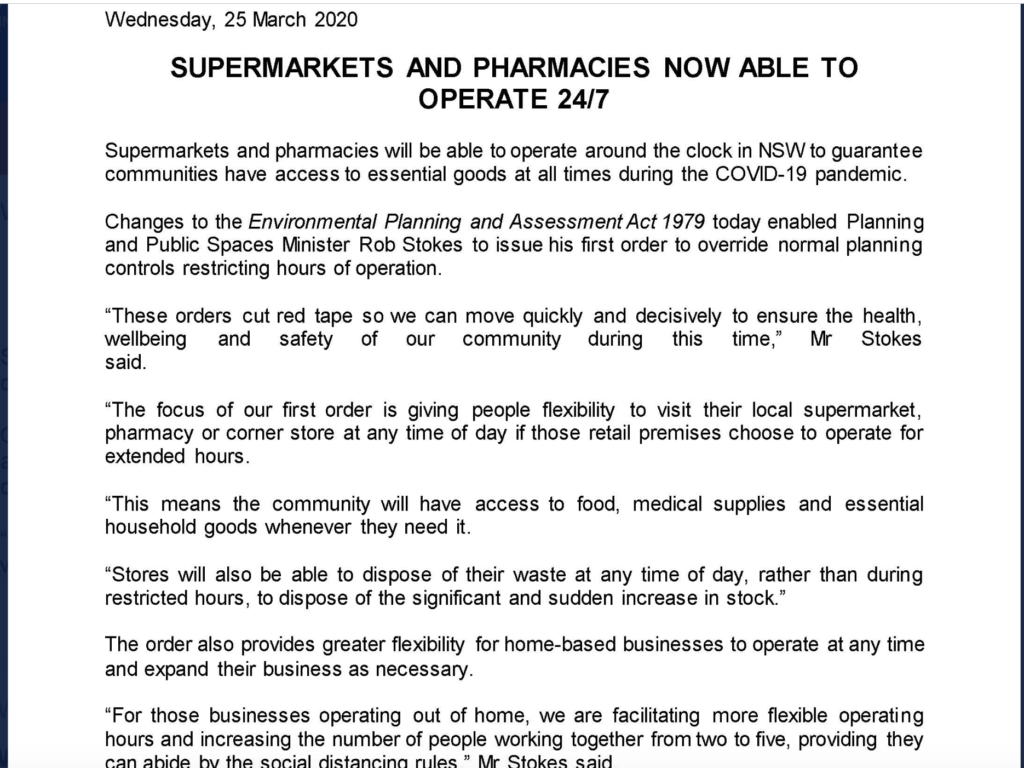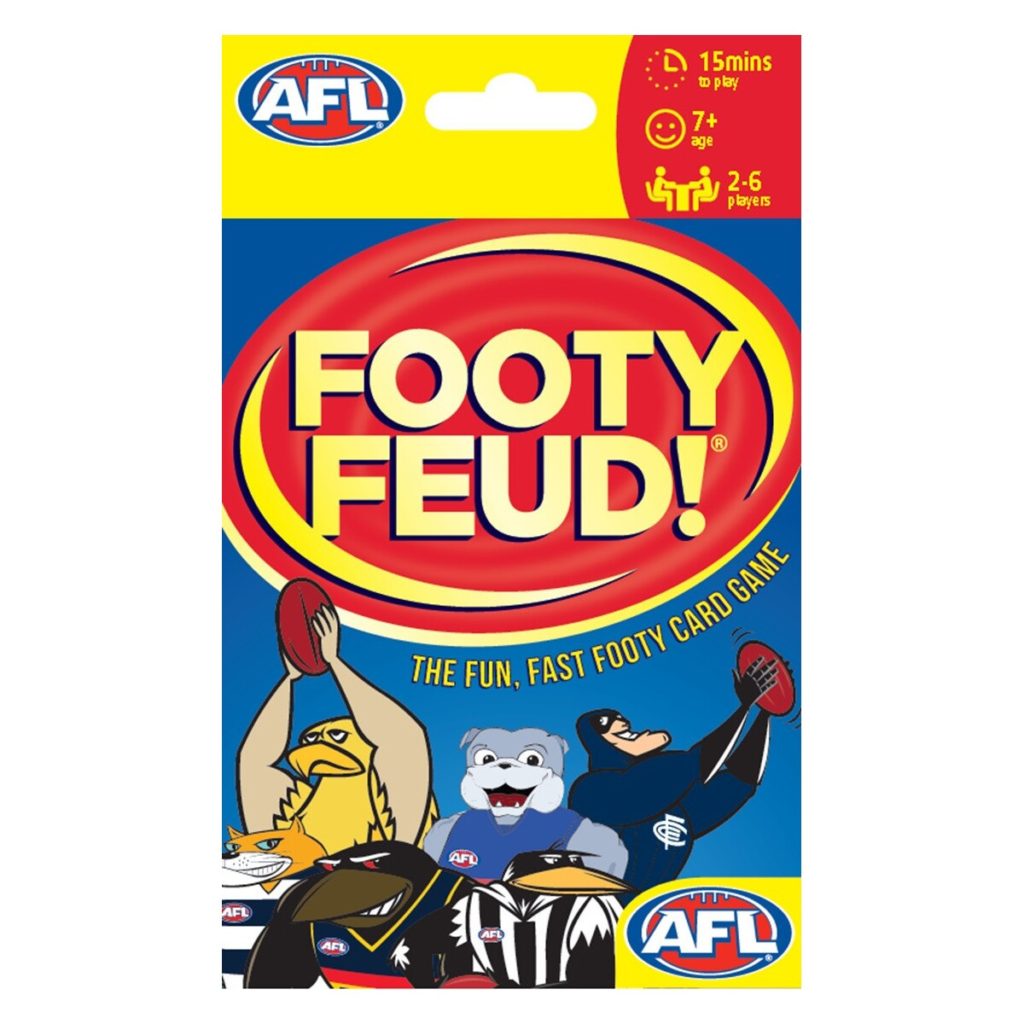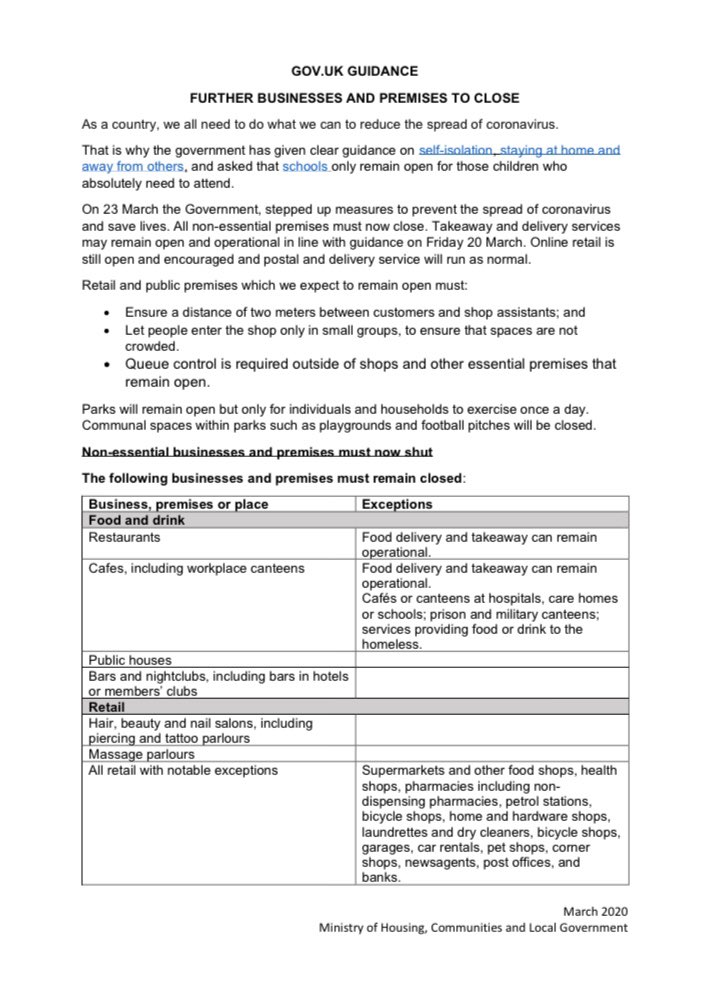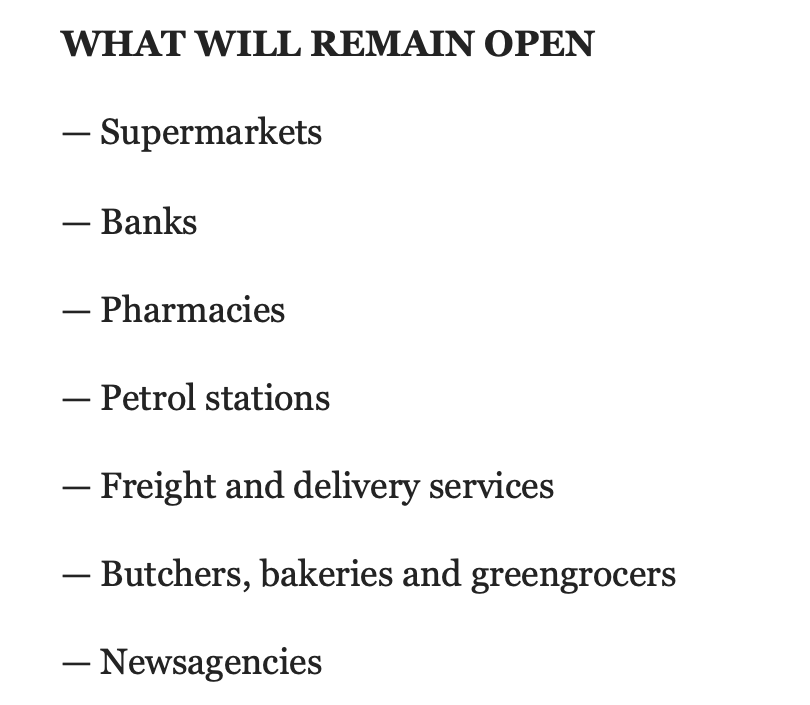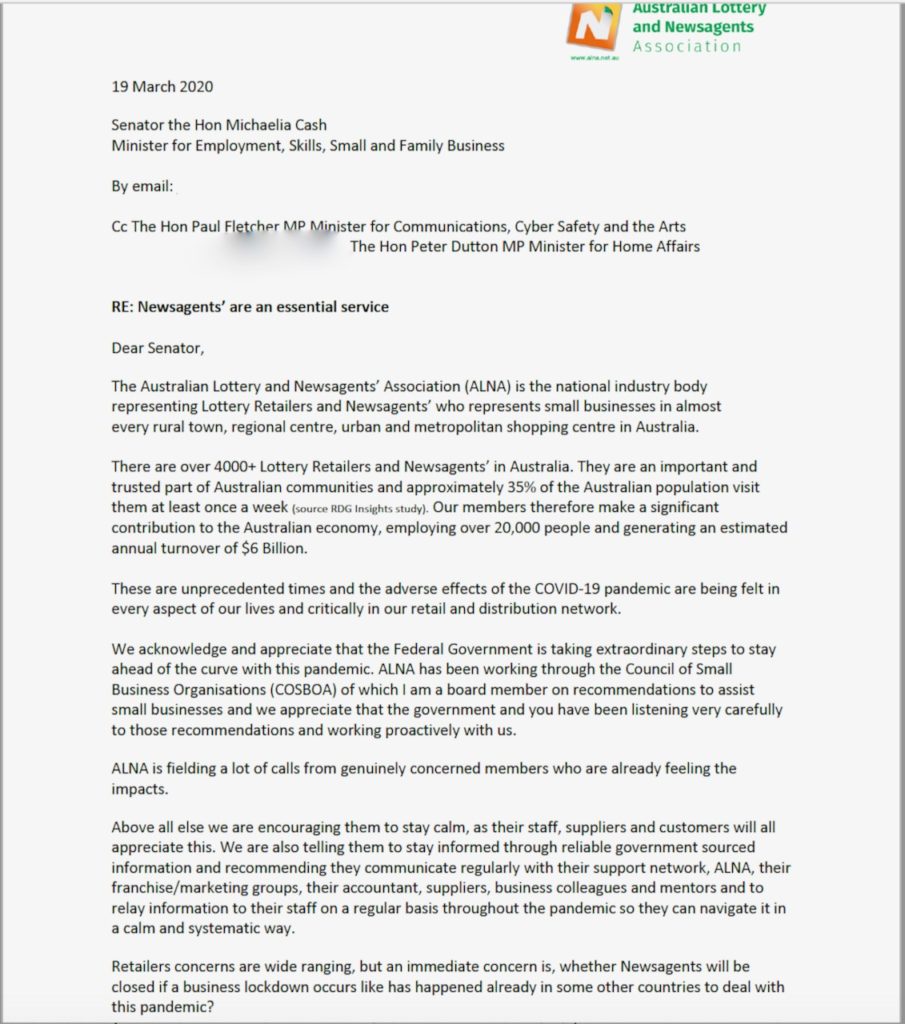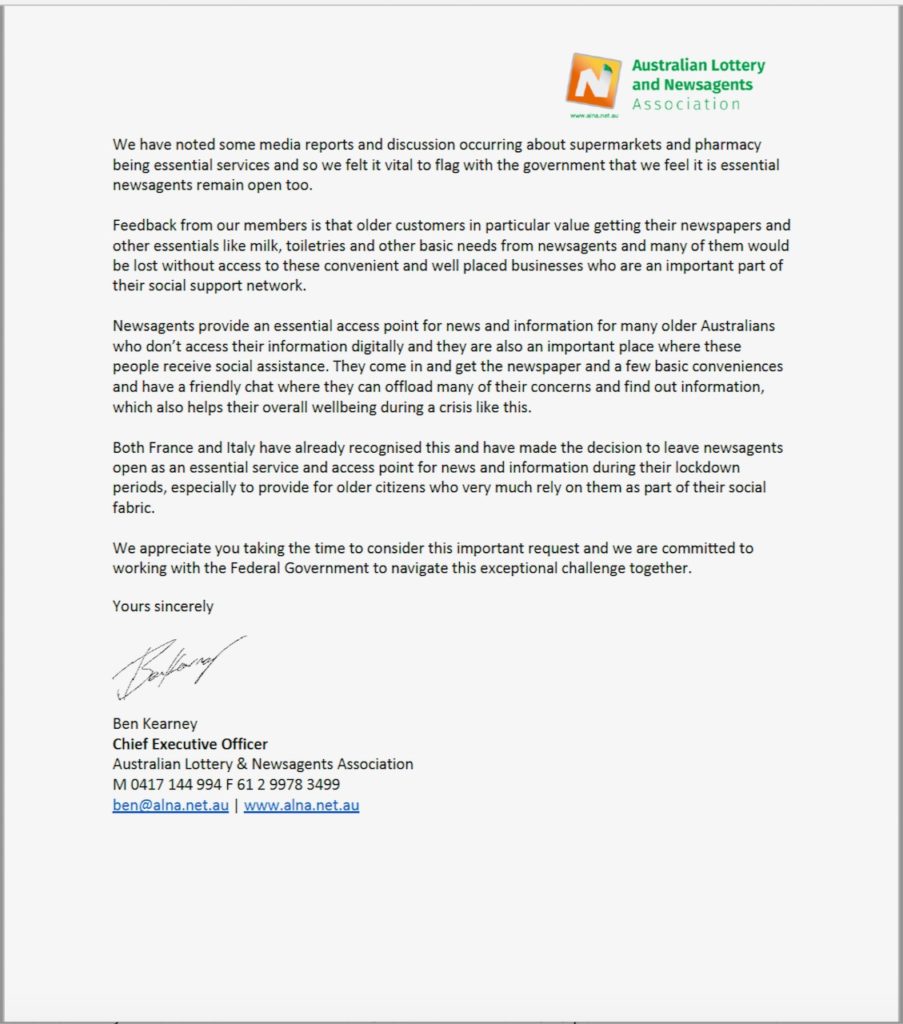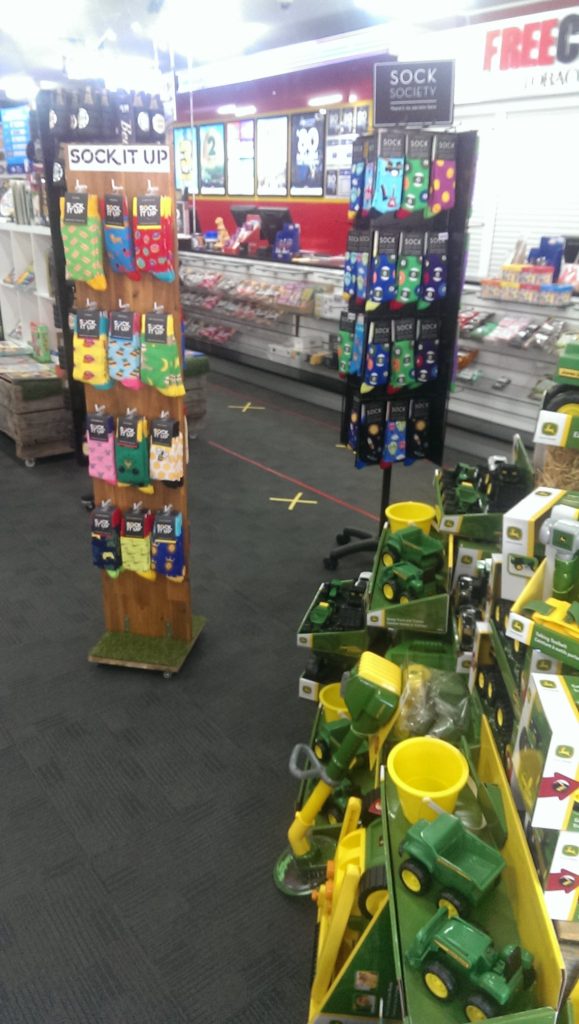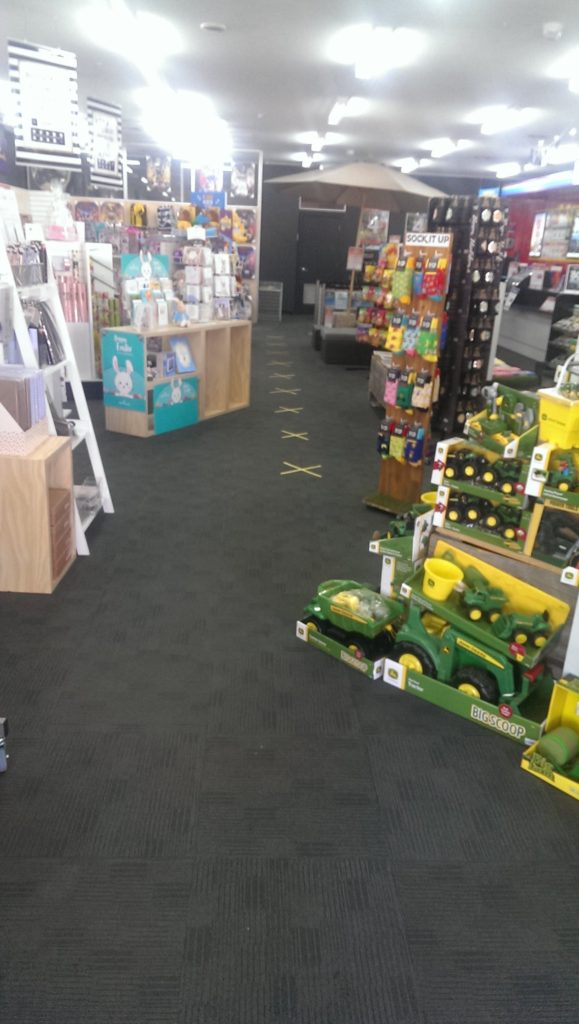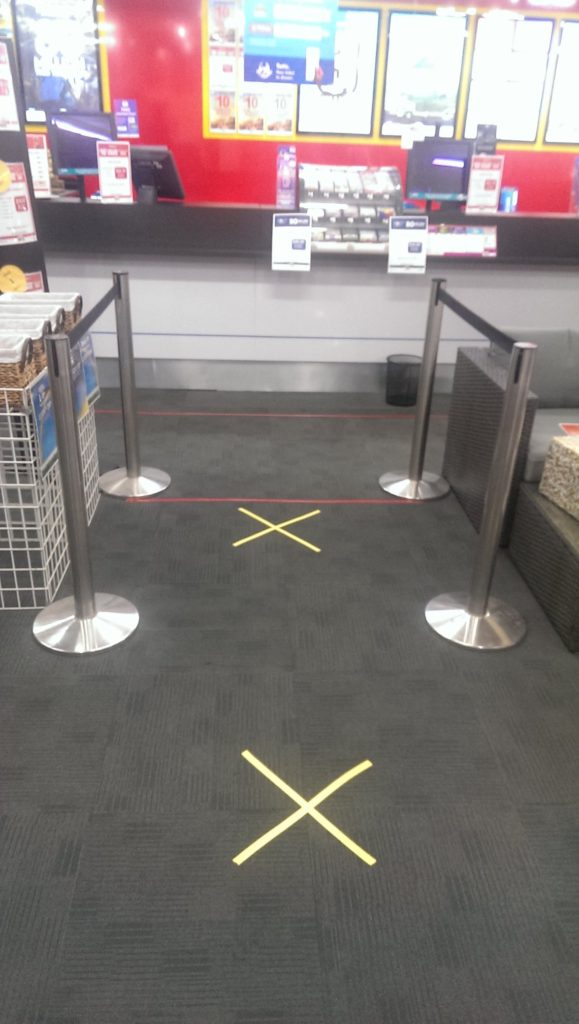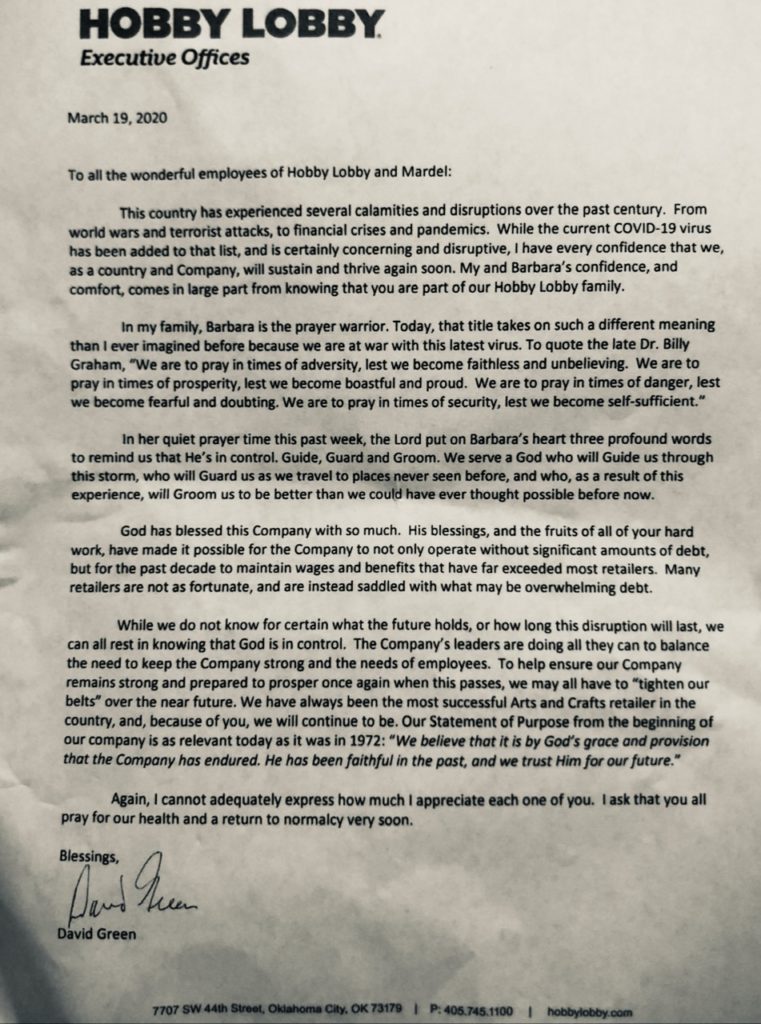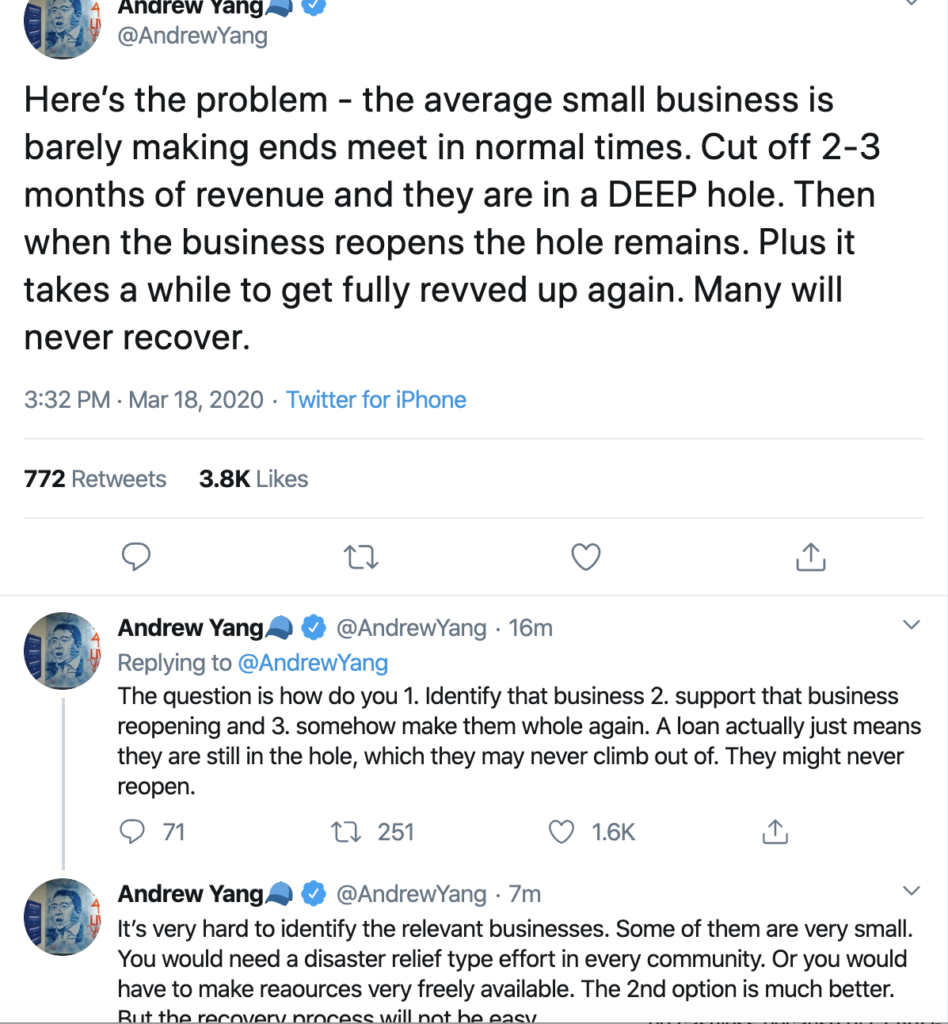The video conferences I have been hosting with newsXpress members and Tower Systems customers have revealed some interesting and, hopefully, useful data. We are hosting these conferences daily.
Most regional and rural retailers are either up or in line with 2019 trading whereas most city retailers are down with shopping centre retailers down the most. On a video call late Thursday, of the 25 businesses, 16 were regional and rural across five states and all reported solid trade.
I have heard regional and rural retailers reporting that the better conditions are due to people with holiday homes or hobby farms and the like relocating to work from these during this work from home window.
There is also evidence of city people moving in with country located relatives.
In city high street situations there is a slight decline with offices emptying out. The shopping centres are in the most challenging situation with declines of 40% and more now common.
In the regional and rural locations stationery is selling well as are colouring books, especially adult colouring.
Across the board, popular items include jigsaws, games, crossword puzzles, magazines, basic stationery and everyday value plush.
We have been promoting send a hug to pitch cards with modest success.
Thursday, newsXpress kicked off an online brighten the room / send a hug Beanie Boo promotion offering 25% off and free shipping triggered at $50. This has driven a terrific boost in online purchases.
I think it is prudent that there are no rep visits to stores at all. It is best to keep shops for shoppers. Cash is king. I can’t see many orders being placed unless for items that will sell well in the short term. rep visits right now are a distraction.
Likewise, I think card companies need to reconsider merchandiser visits.
Retailers are not thinking beyond COVID-19. I think all bets are off for traditional promotions. Take Mother’s Day, for example, plenty of retailers have said they will not bring in additional gift stock for this and that they have cancelled later in the year seasonal orders.
Operating costs. We have had success helping some newsXpress stores to reduce rent. The most successful is a regional NSW store where their landlord has agreed a 50% reduction for at least 6 months. This was achieved using a template we developed a week ago for newsXpress members.
